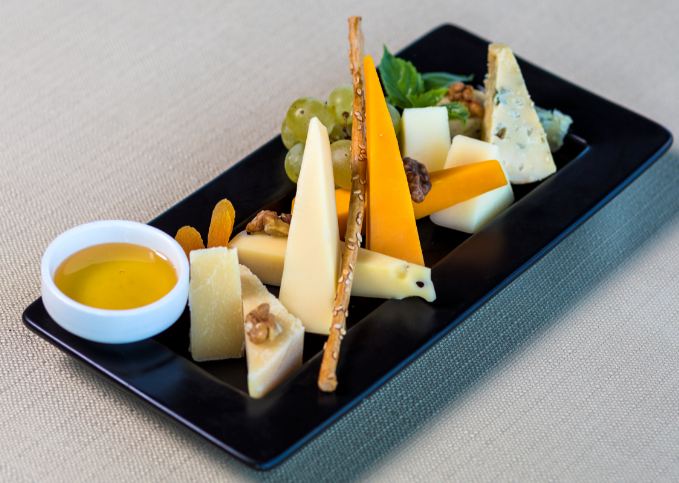Located in the Northern part of the British lands, Scotland is known to have colder temperatures and is surrounded by three bodies of water, which are the Atlantic Ocean at the West and North, the North Sea at the Northeast, and the Irish Sea at the South. This climate and geographic location of Scotland makes them perfect for creating a different type of cheese, as most kinds of cheese would require to be matured or stored during the winter season.
This is the reason why Scottish Cheeses are popular in different parts of the globe. So, to emphasize the details of the famous Scottish milky delight, just read on below for better insights.
Anster
Originated in the town of Anstruther, Fife, Scotland, where it also got its name, Anster is an old Scottish farmhouse cheese. It is made from the milk of Holstein Friesian cows in Scotland, and it is mainly produced by Jane Stewart.
Anster has a creamy and a little bit of crumbly texture, with a rich milky aroma and a tangy milky taste. To produce this kind of cheese, leave it for a minimum of eight weeks to mature.
Cairnsmore
This cheese is primarily produced by Galloway Farmhouse Cheese in Wigtown, Scotland. It is a hard cheese using only sheep’s milk and can be only created from April up to October before being left to mature for nine months.
Physical features of Cairnsmore are an external moldy rind, internal texture of smooth, and crumbly with many small holes scattered all over the body. Cairnsmore has an intense aroma, with a nutty sweet and burnt caramel taste.
Isle of Mull
Originating from the many islands of Inner Hebrides, the Isle of Mull is an old farmhouse cheese made from cow’s milk. To produce the Isle of Mull, leave it for eighteen long months to mature before anyone could eat it.
The Isle of Mull has a pungent yeasty aroma with a strong fruity flavor. It has a creamy, chewy, and hard texture while wrapped in a cloth and natural rind. Throughout the years, the Isle of Mull never failed to satisfy its fans and even earned many times a gold medal at the British Cheese Awards.
Cambus O’May
Created by Barbara Reid in one of her farmhouse recipes, Camus O’May originated in Aberdeenshire, Scotland. It is mainly made from raw cow’s milk with its curds cut or removed. When taking a bite on Cambus O’May, its cheese melts in the mouth and has a long finish. Cambus O’May has a strong aroma, creamy texture, and a sharp rustic taste.
Blue Murder
Created by the British band Blur celebrity Alex James, this delicious Scottish cheese gained popularity in Tain, Scotland. Blue Murder or previously known as Blue Monday, is a Scottish blue cheese that derived its name from the popular song called New Order.
Along with the cheese expert, Juliet Harbutt, she and James used cow’s milk to produce the Blue Murder and left it to mature for eight weeks before consumption. Upon maturity, it has a savory, buttery, and sweet taste with a little spice. It also has an after-taste of chocolate and malt.
Seriously Strong Cheddar
Seriously speaking, this Cheddar is really strong. It is an alternative from the famous Cheddar of the British. Seriously Strong Cheddar is a Scottish cheese the originated from Stranraer, Scotland. It is created using a pasteurized cow’s milk and left to mature for about eighteen to twenty-four months before anyone can eat it. Strong Cheddar has six popular versions you definitely need to try, the grated one, chili-flavored, vintage strong, spreadable, and smoked.
The texture of the regular version of Seriously Strong Cheddar is crumbly, flaky, dense, and firm. It has a rich, strong aroma, with a full tangy, strong taste.
Orkney Scottish Island Cheddar
This is not another Scottish cheddar, but not that seriously strong as the other one. The Orkney Cheddar originated from the Islands of Orkney, Scotland. Instead of a strong and rich taste, Orkney has moderate acidic notes with a savory and nutty flavor.
To produce this cheese, leave it for about six to eighteen months to mature. The length of maturity depends on the desired flavor of the cheese.

